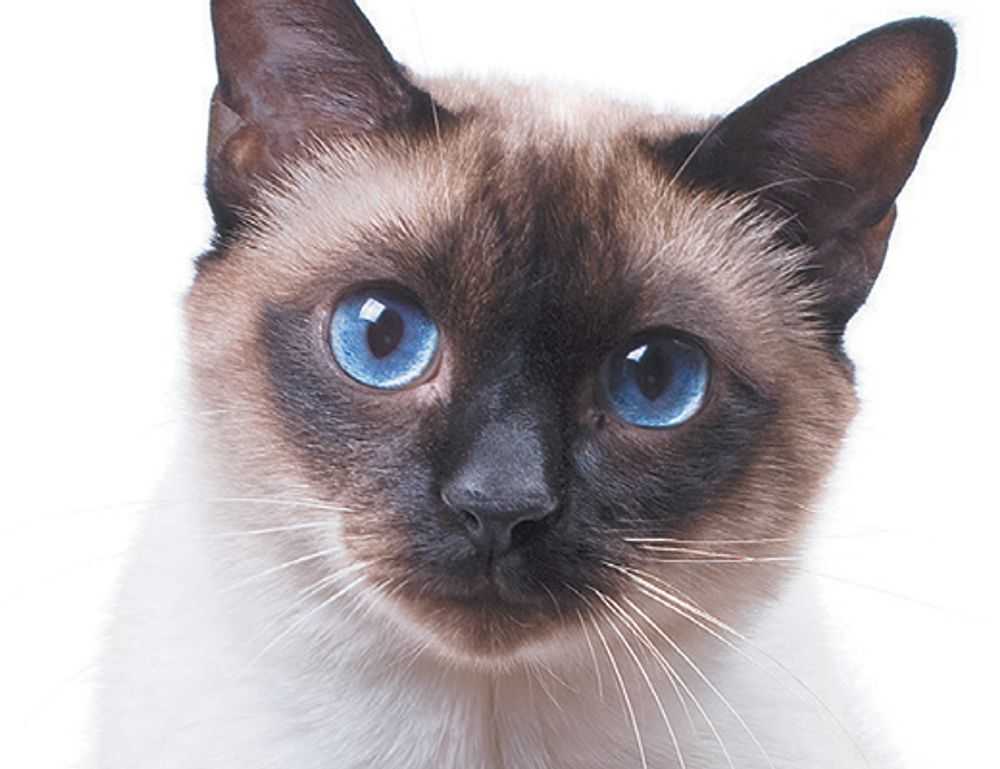What Is Axolital?
Let’s get it straight: axolital might be a rebranding or typo of axolotl, but whatever the cause, the meaning often sticks to the original creature’s lore. The real deal, Ambystoma mexicanum, is a neotenic amphibian—basically, it refuses to grow up. Unlike most amphibians, it never undergoes metamorphosis. So instead of turning into a terrestrial salamander, it keeps its juvenile aquatic form for life. This means permanent gills, a finned tail, and an oddly charming face.
The biological quirk is more than just trivia. Axolitals (or axolotls) are models for studying tissue regeneration, nerve repair, and even aging mechanisms. Researchers have observed these creatures regrow spinal cords, hearts, and limbs with no scars. That’s gold in the world of regenerative medicine.
Origins and Wild Status
Native to Lake Xochimilco in Mexico City, the axolotl was once widespread. Now? The wild population is critically endangered. Pollution, urban sprawl, and introduced predators slammed their numbers. Ironically, they’re thriving in labs and aquariums across the world while nearly extinct in the wild.
People using the spelling “axolital” might be referencing controlled environments—artificial habitats, modified genetic lines, or experimental organisms. It’s a nod to the creature’s pliability and utility rather than its natural origins.
Why People Love (and Mislabel) the Axolotl
Animals go viral online all the time, but the axolotl has carved out a special niche. It looks like it’s always smiling, which helps. It also moves with a graceful awkwardness that seems part Muppet, part underwater dancer.
The name “axolital” shows up on message boards, social media, and in product names. Whether intentional or a typing blend of “axolotl” and “digital,” the term’s gotten some traction. Don’t be surprised to see it used as a tag on Instagram posts featuring pastelcolored morphs.
The Science Behind Their Superpowers
Here’s what puts axolitals in a category of their own: their biological cheat codes.
Regeneration: Lose a limb? Grow a new one. Not just tissues or skin, but bone, nerves, even muscle regeneration is nearperfect. Neoteny: They preserve larval traits for life. This isn’t just cute, it’s functional. Their juvenile biology seems tied to their healing skills. Resistant to Cancer: Axolotls have shown a surprising resistance to most forms of cancer. That’s raised eyebrows in oncology circles.
Research labs are now using the axolital’s genome—mapped in 2018, a whopping 32 billion base pairs—as a sandbox. They’re exploring aging, DNA repair, and limb regrowth in mammals. If scientists figure out how that magic works, we’re staring down the next evolution in medicine.
Caring for an Axolital Pet
So you want to keep one? Fair warning: axolotls need commitment and specific care. Here’s the short list:
Cool temperatures: No heaters. Axolotls like it cold—between 16°C and 18°C. No gravel: They’re not smart about what they eat. Small gravel can get swallowed and cause blockages. Solitude preferred: They’re not great at sharing space, especially if there’s a size difference. Nipping happens.
With the right setup, though, they live over a decade and require less daily maintenance than many other exotic pets. Just don’t confuse “low maintenance” with “low responsibility.”
Axolital in Pop Culture and Commerce
The cuteness hasn’t gone unnoticed. Pokémon based a creature—Mudkip—on the axolotl. Minecraft added one in a 2021 update. And fashion brands have printed their faces on everything from socks to tech laptop decals.
Interestingly, “axolital” branding is making its way into emerging markets. A few examples:
Tech startups: Using the name to symbolize resilience or regeneration—good metaphors in a brutal economy. Health apps: Playing off the antiaging and healing optics, some wellness companies grab onto the name for credibility points. NFTs and gaming: Axolitals have shown up in blockchainbased collectibles as mythical, waterdwelling defenders with special regenerative abilities.
These uses vary from endearing to eyeroll, but they speak to the kind of cultural stickiness only unique creatures like this can generate.
Ethical Considerations
Here’s the tough part. As popularity grows, so does the pressure on larval supply chains and breeding practices. Not all captive axolotls come from reputable backgrounds. Shady breeders, improper diets, and overbreeding with limited gene pools can cause suffering—if not visible deformities.
If you’re picking up an axolital (or axolotl, let’s not forget the OG), make sure you’re sourcing it right—licensed breeders, solid tank setups, and an understanding of what it eats and how much space it needs.
Final Thought: Why Axolital Still Matters
“Axolital” may be a misspelling, but it’s also become a shorthand—one capturing the intersection of science, cuteness, and cultural relevance. Whether you’re a bioengineer sizing it up for limb regeneration research, or a pet parent with a chill aquatic buddy, this creature—and all its alternate spellings—is worth paying attention to.
And if you’re naming your next app, startup, or indie music project? Maybe axolital has a nice ring to it. Just give the real biology behind the name the credit it’s due.


